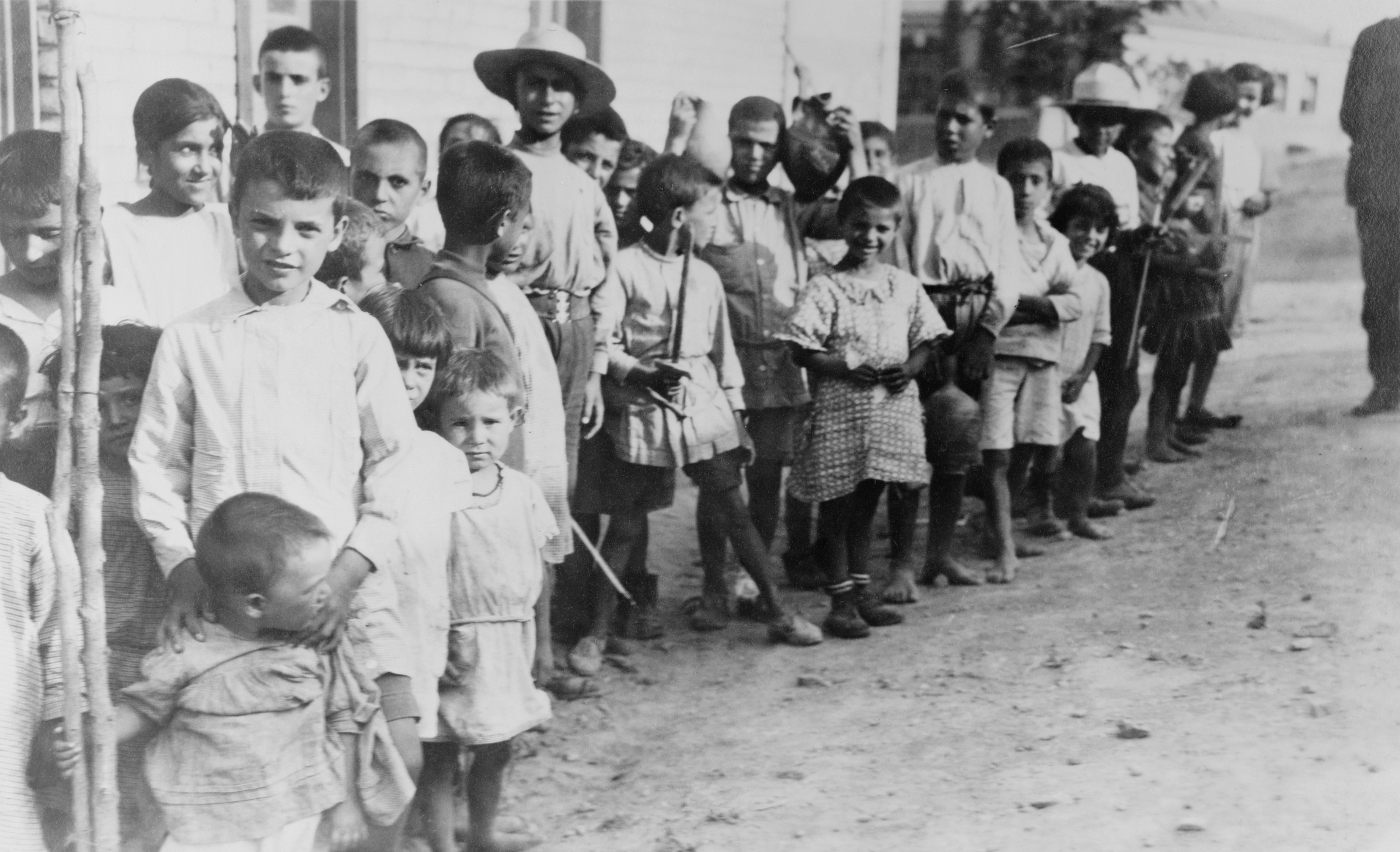April 24 is a significant and painful date for the Armenian people. On that night, one century ago, the Ottoman government arrested more than 200 Armenian community leaders in Constantinople — poets, doctors, members of the parliament — and had them executed. This was, however, merely the initial episode in what became one of the most bloody and shameful chapters of the 20th century and one of the first instances of modern genocide, a term that was itself coined in response. At the dawn of what the Armenians call “Medz Yeghern” or “Great Crime” there were around two million Armenians living in the Ottoman Empire, and by 1922 there were only 400,000 left.
The Armenian Genocide was a consequence of a divided and unstable Ottoman Empire, which was left even weaker after it lost in the First World War and a nationalistic ideology that was hostile to non-Turks and Christians. Furthermore, this attitude was in no way confined to the Ottoman government. In 1908, a group of reformists called the Young Turks emerged in the Empire and began to undermine the power of the Sultan. These intellectuals formed a political party called Committee of Union and Progress (CUP) and preached imperial unity in a country that was crumbling from within. In such conditions, they saw all non-Turkish and non-Muslim people as a threat to the envisioned pure Turkish homeland.
The tense climate gave the CUP legitimacy, and they used this to pursue a horrific plan to “clean” the country of its internal enemies, which included Christian populations such as the Assyrians and the Greeks, along with the Armenians. After the murder of the Armenian intellectual elite, the Ottoman Empire began a systematic genocide. The first phase consisted of forcing able-bodied male Armenians into hard labor, or simply killing them. This was followed by the deportation of the rest on what were called “death marches” — where the deportees were deprived of food and water and, in many cases, raped. As for those who survived the death marches, the Ottoman Empire established 25 concentration camps to dispose of them. Massacres were committed by burning, drowning, gassing and drug overdose. When the US Ambassador called for a halt, the Interior Minister shockingly responded, “The hatred between the Turks and the Armenians is now so intense that we have got to finish with them. If we don’t, they will plan their revenge.”
The estimated number of victims in the Armenian Holocaust varies between 600,000 and 1,500,000. In the documents that once belonged to high Ottoman official Talaat Pasha, more than 970,000 Armenians disappeared from official records from 1915 to 1916. According to the same documents, published by the Turkish journalist Murat Bardakçı, the Armenian population stood at 1,256,000 in 1915, and in a year it plummeted to 284,157. Many of those who survived found refuge in the Caucasus in the newly declared Democratic Republic of Armenia. The ones who remained in the Turkish Republic, successor to the Ottoman state, were sentenced to living the lives of second-class citizens. An estimated 300,000 of these were adopted by Turks and Kurds or married into Muslim families in a process called Turkification. Armenians were forbidden to speak their native language and forced to change their last name to match the Turkish ones grammatically, leading to the nearly complete assimilation of the Armenian peoples. There are very few ethnic Armenians currently living in Turkey who identify as Armenian and not Turkish.
Even after a century, Armenians cannot reconcile with this painful chapter of their history, mainly because there has been a century of denial of the genocide by Turkish governments that succeeded the Ottoman Empire. In an effort to cultivate the façade of “Turkishness,” the Turkish government denies that there has ever been an attempted mass extermination by murder or deportation of the Armenian people in the Ottoman Empire to this day. The official position of the Turkish state is that many Armenians, as well as many ethnic Turks, died during and after the First World War as a consequence of inter-ethnic violence. Furthermore, Turkey denounces the term genocide because they claim that the numbers of victims have been inflated and that the crimes did not occur to the extent or in the way that scholarship describes.
The Turkish government’s decision to try eminent Turkish intellectuals in court for recognizing the Armenian genocide has stirred intense domestic and international controversy. Under the justification of Article 301 of the Turkish Penal Code, which makes it illegal to insult Turkey, Turks, Turkishness and Turkish institutions, Nobel Prize winning author Orhan Pamuk and Elif Şafak, among others, have faced trials for breaking Turkish law. On the other hand, countries that have historically had cold relationships with Turkey or significant Armenian influence, such as Greece, Cyprus, Switzerland and Slovakia, have made it illegal to deny the Armenian Genocide. France has also attempted to outlaw the denial of the genocide, perhaps as a result of its large Armenian population, but has not succeeded. Overall, 22 countries recognize the genocide, including Russia, Sweden, Germany, Poland, Italy, Canada and several US states.
Last year, Turkish Prime Minister Recep Tayyip Erdoğan relased a statement in nine languages, two of which were Armenian dialects, offering condolences for the Armenian deaths and acknowledging that the events of 1915 had severe humanitarian consequences. Although this did not divert significantly from Turkey’s official position that there were victims on both sides, it was seen as a bold step toward reconciliation. As Turkey’s position seemingly softens, Armenians commemorate a century of Medz Yeghern, yearning for closure and reconciliation. It is important that Turkey continues down this path in order to validate and dignify the victims while acknowledging the processes that led to one of the greatest crimes in the 20th century.
